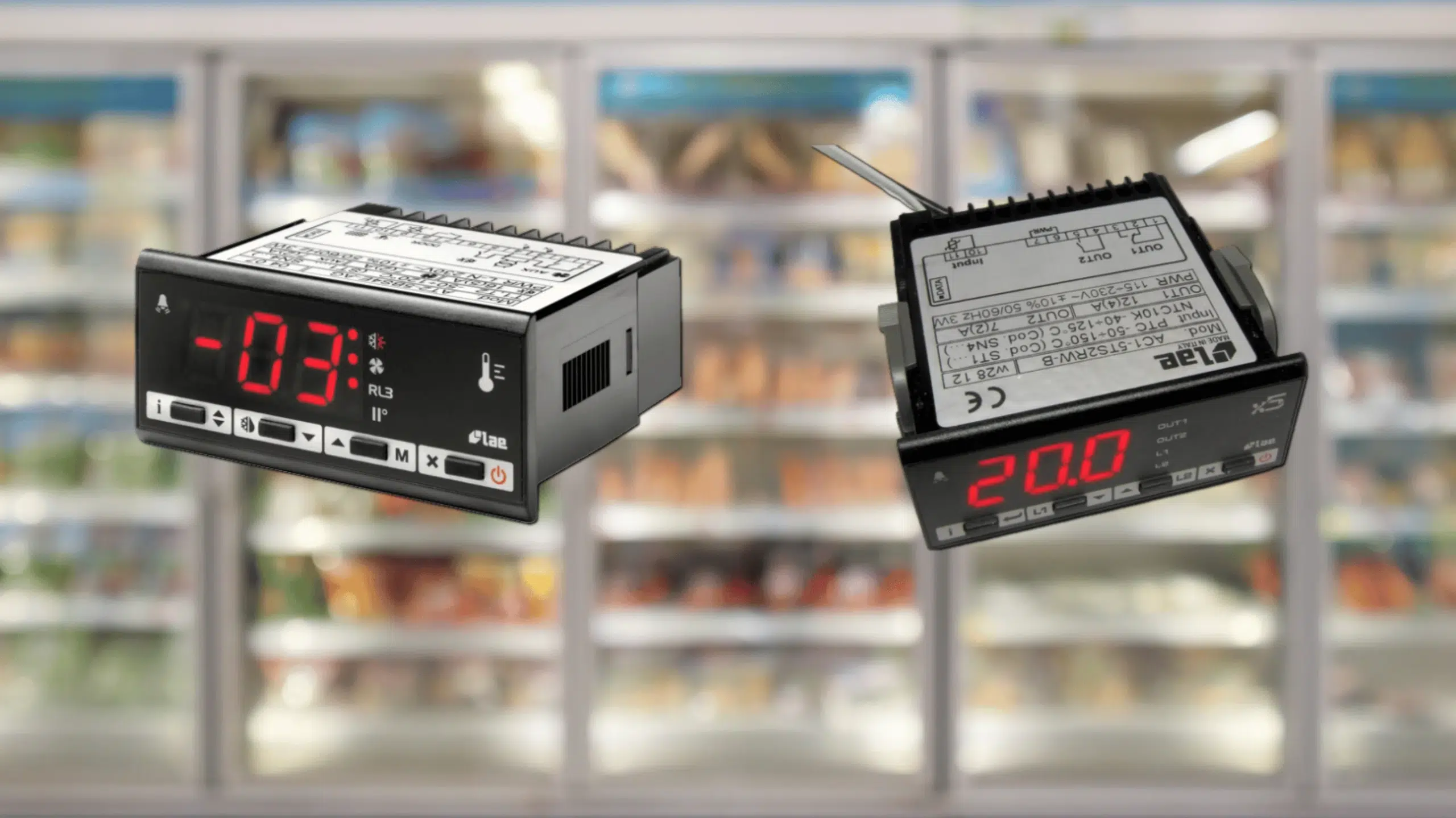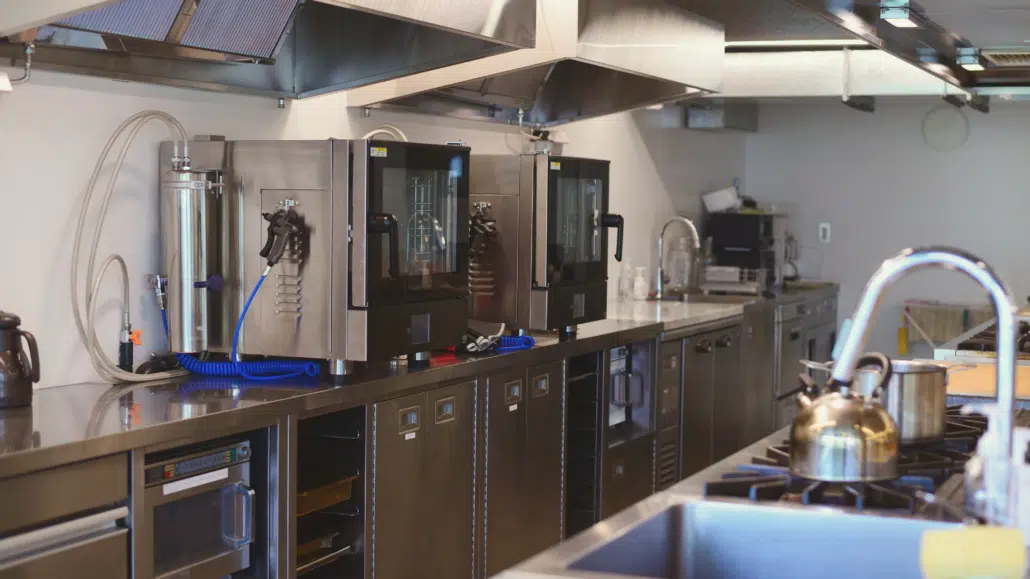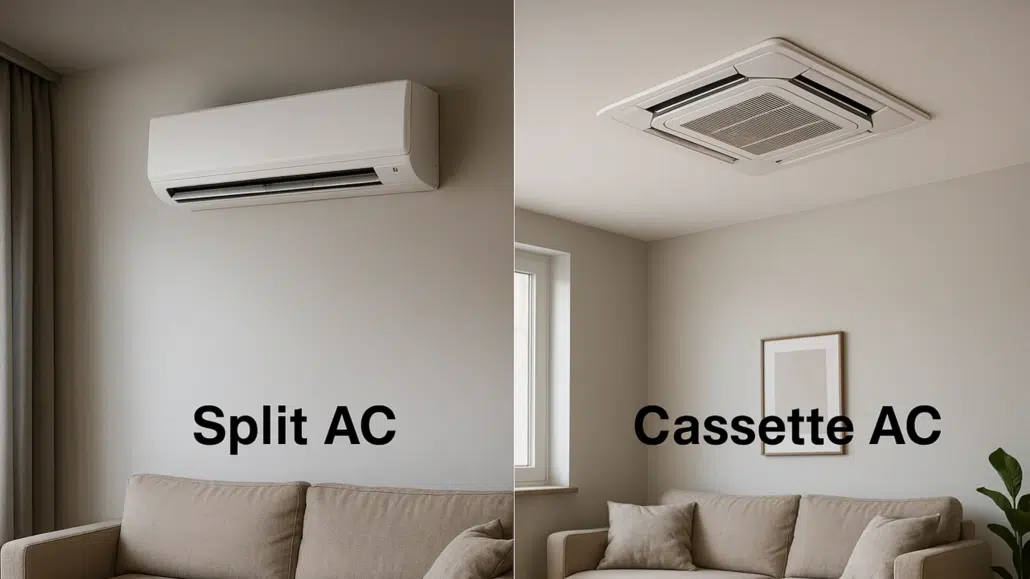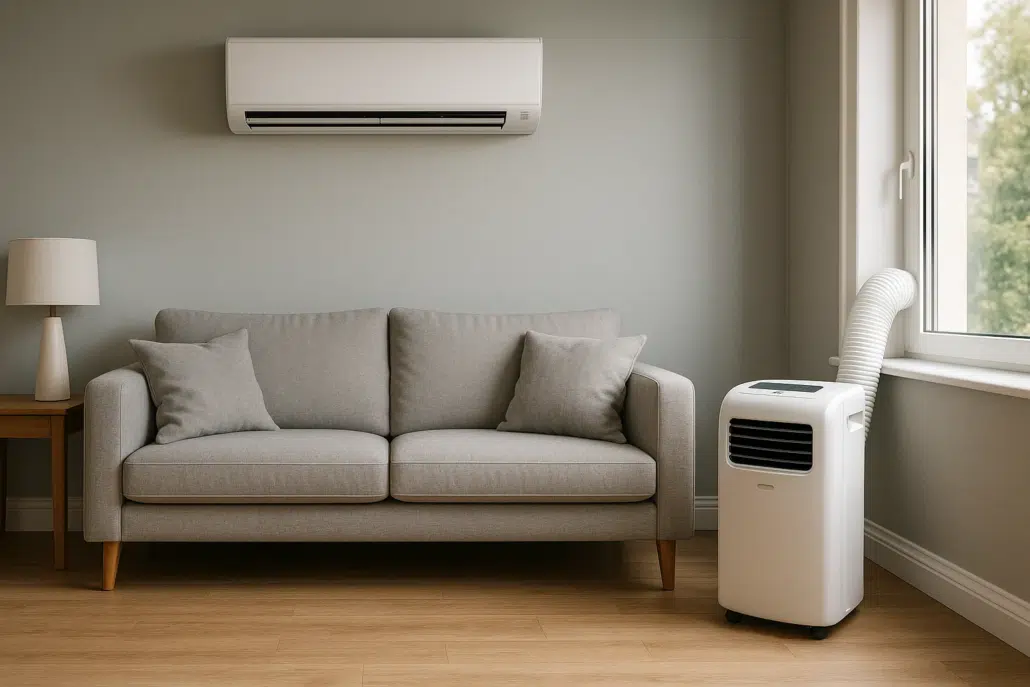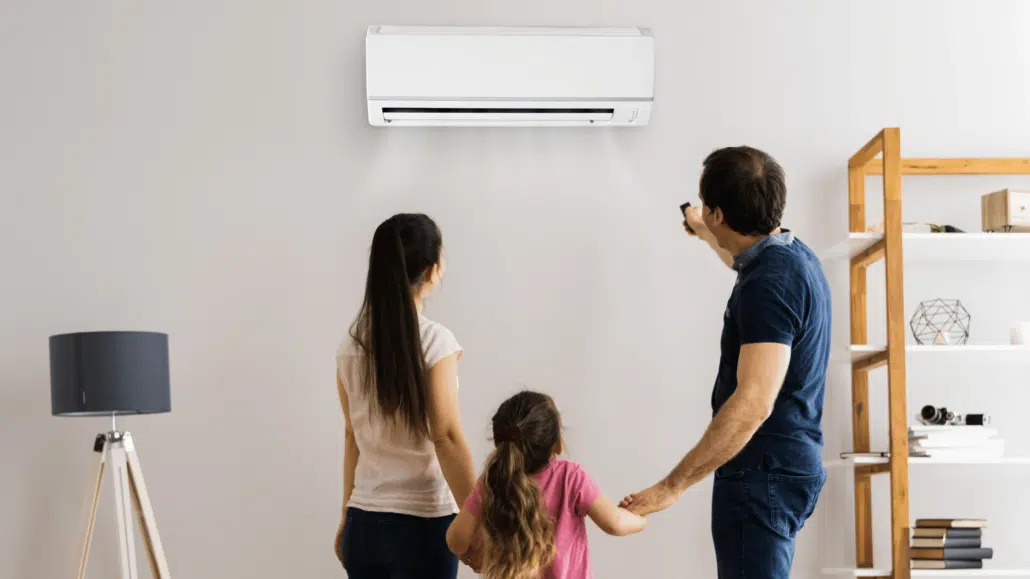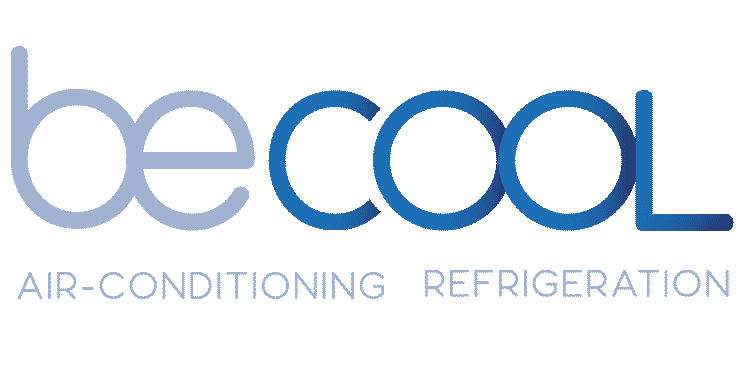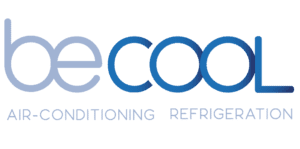Why is your AC Leaking Water? Causes, Statistics, and Solutions
Imagine coming home after a long day, expecting a cool breeze from your AC, only to find a puddle of water beneath it. AC leaks are more than just an inconvenience; they can signal underlying issues that, if left unattended, may lead to costly repairs. Based on our CRM data, 27% of reported AC issues involve water leakage, making it one of the most frequent problems homeowners face.
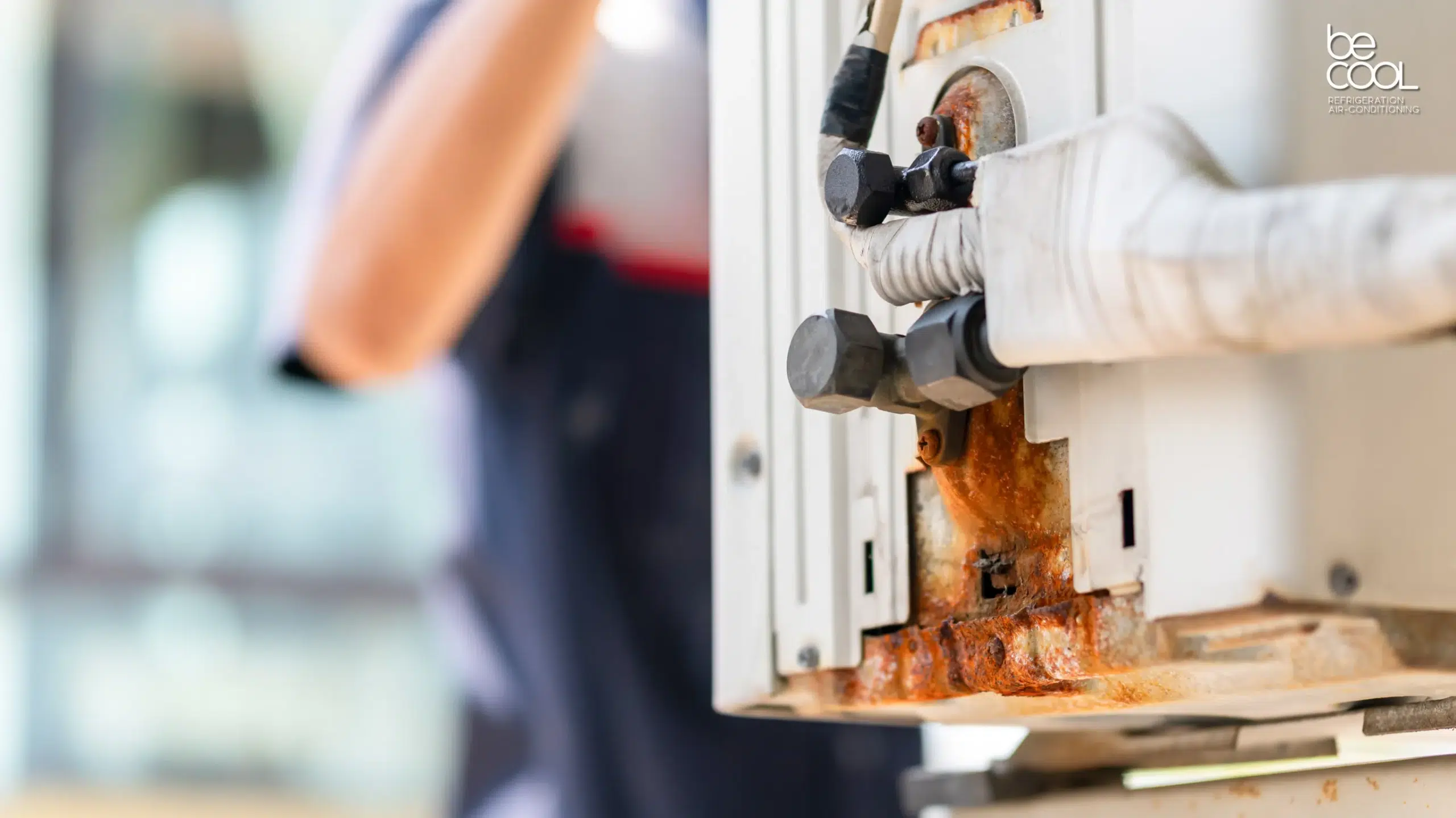
How Much Water Should an AC Normally Produce?
Your AC naturally creates condensation as it cools the air. On average, an air conditioning unit expels 5 to 20 gallons of water per day, depending on humidity levels. However, when that water starts pooling indoors instead of draining outside, you’ve got a problem.
7 Common Reasons Your AC Is Leaking Water
- 1. Clogged Drain Line (41% of Reported Cases)
- The most frequent culprit, according to our CRM data, is a clogged condensate drain line. Over time, dust, dirt, and algae can build up inside, preventing proper drainage and causing water to back up.
- Solution: Use a wet/dry vacuum to clear the blockage or call a professional for deep cleaning.
- 2. Dirty or Frozen Evaporator Coil (22%)
- A dirty coil restricts airflow, causing the coil to freeze. When it eventually melts, the excess water overflows from the drip pan, leading to leaks.
- Solution: Regular maintenance and cleaning of coils can prevent this issue.
- 3. Damaged or Rusted Drain Pan (11%)
- Drain pans, especially in units over 10 years old, can develop cracks or rust, leading to leaks.
- Solution: If your AC is older, inspect the pan and replace it if necessary.
- 4. Improper AC Installation (8%)
- If your AC is new but still leaking, poor installation could be the issue. An improperly leveled unit can cause water to accumulate in the wrong place.
- Solution: Ensure the unit is slightly tilted towards the drain line.
- 5. Low Refrigerant Levels (7%)
- Low refrigerant can cause pressure drops, leading to frozen coils that eventually thaw and overflow the drain pan.
- Solution: Have a technician check for refrigerant leaks and refill if needed.
- 6. Faulty Condensate Pump (6%)
- Some AC units rely on a pump to push water out. If the pump fails, water has nowhere to go.
- Solution: Test the pump and replace it if it’s malfunctioning.
- 7. High Humidity Levels (5%)
- In extremely humid climates, AC units work harder, leading to excessive condensation that the drain system might struggle to handle.
- Solution: Use a dehumidifier in combination with your AC.
Preventative Maintenance: How to Avoid AC Leaks
Regular maintenance can prevent over 80% of AC leaks, as per our customer reports. Here’s what you can do:
✔︎ Clean or Replace Air Filters Monthly to prevent airflow restriction.
✔︎ Inspect the Drain Line Every 3-6 Months for clogs.
✔︎ Schedule Professional Tune-ups Annually to keep your AC in optimal condition.
✔︎ Ensure Proper Installation by hiring certified professionals.
For a complete guide on AC maintenance and professional services, visit our air conditioning maintenance page.
If you notice persistent leaks despite DIY fixes, or your AC frequently shuts off, it’s time to call an AC Repair Engineer. Our data shows that 68% of severe AC leaks result from ignored early warning signs, leading to expensive repairs or replacements.
FAQs
Can I use bleach to clean the AC drain line?
How often should I clean my AC filters?
Does AC water leakage indicate gas leakage?
Can I continue using my AC if it’s leaking?
How much does it cost to fix an AC leak?
Water leaking from your AC is a common but preventable problem. By addressing early warning signs and maintaining your unit regularly, you can extend its lifespan and avoid unnecessary costs. If you’re experiencing AC leaks, don’t wait take action before the issue escalates.
